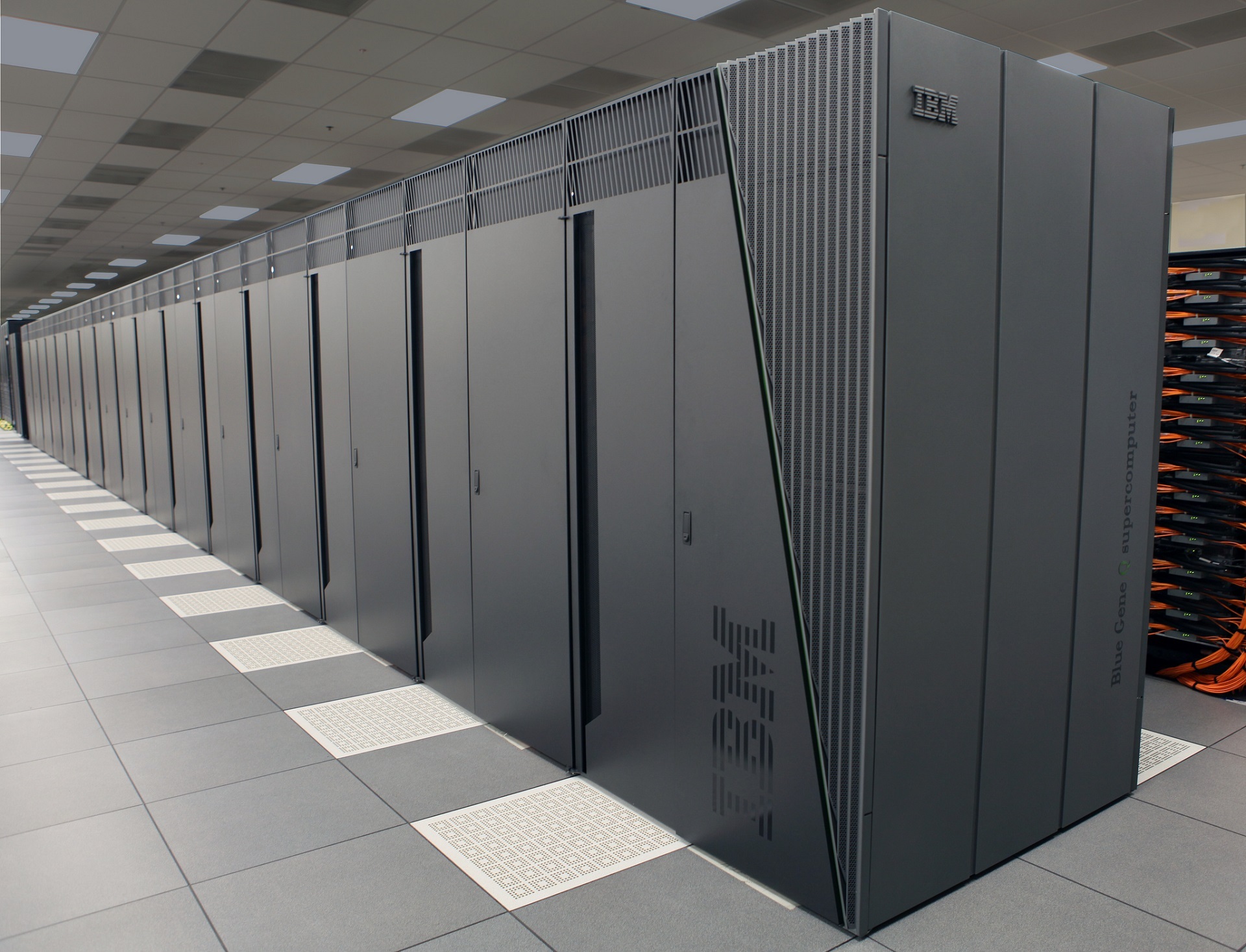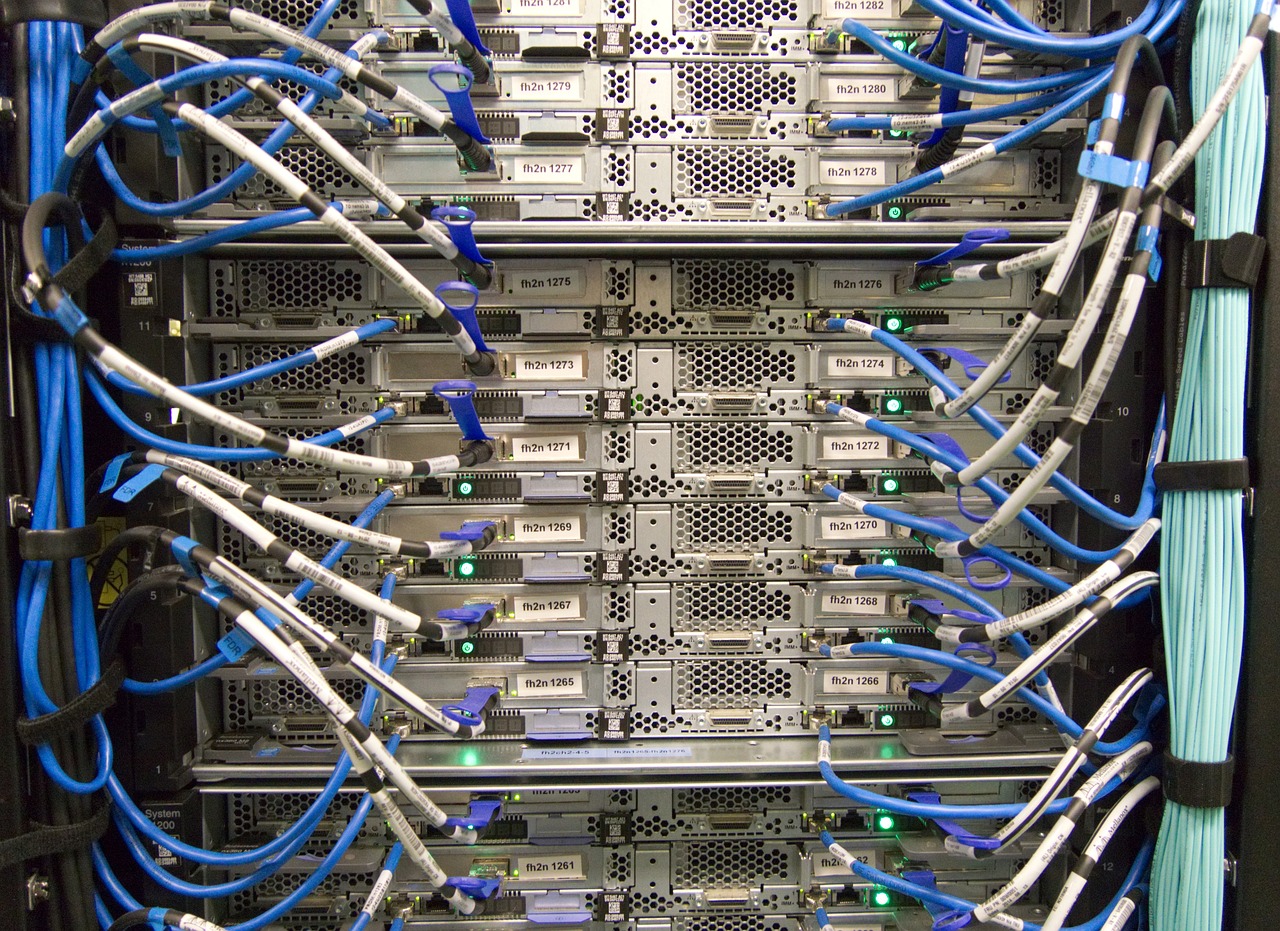A virtual machine (VM) is an image file managed by the hypervisor that exhibits the behavior of a separate computer, capable of performing tasks such as running applications and programs like a separate computer. VM based solutions are software focused to emulate the behavior of physical hardware. Managing VM’s successfully can be very dependent upon the infrastructure your organization is running because it’s reliant upon three primary factors; (1) processor, (2) memory and (3) storage.
Processor and Memory is really associated with compute. Compute can have a significant impact on the performance of your VM’s but does not manage your VM’s. Storage on the other hand can impact both performance and management of your VM’s. It’s important that your VM environment is built with the necessary management infrastructure to account for your VM’s. VM’s are dynamic, it’s important your solutions supporting them are as well.






